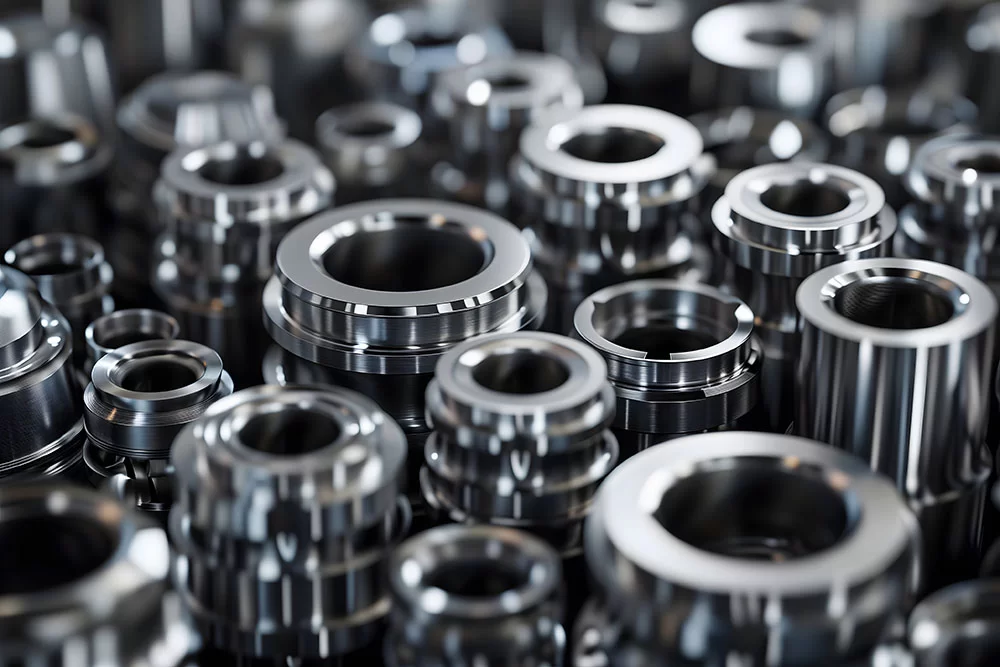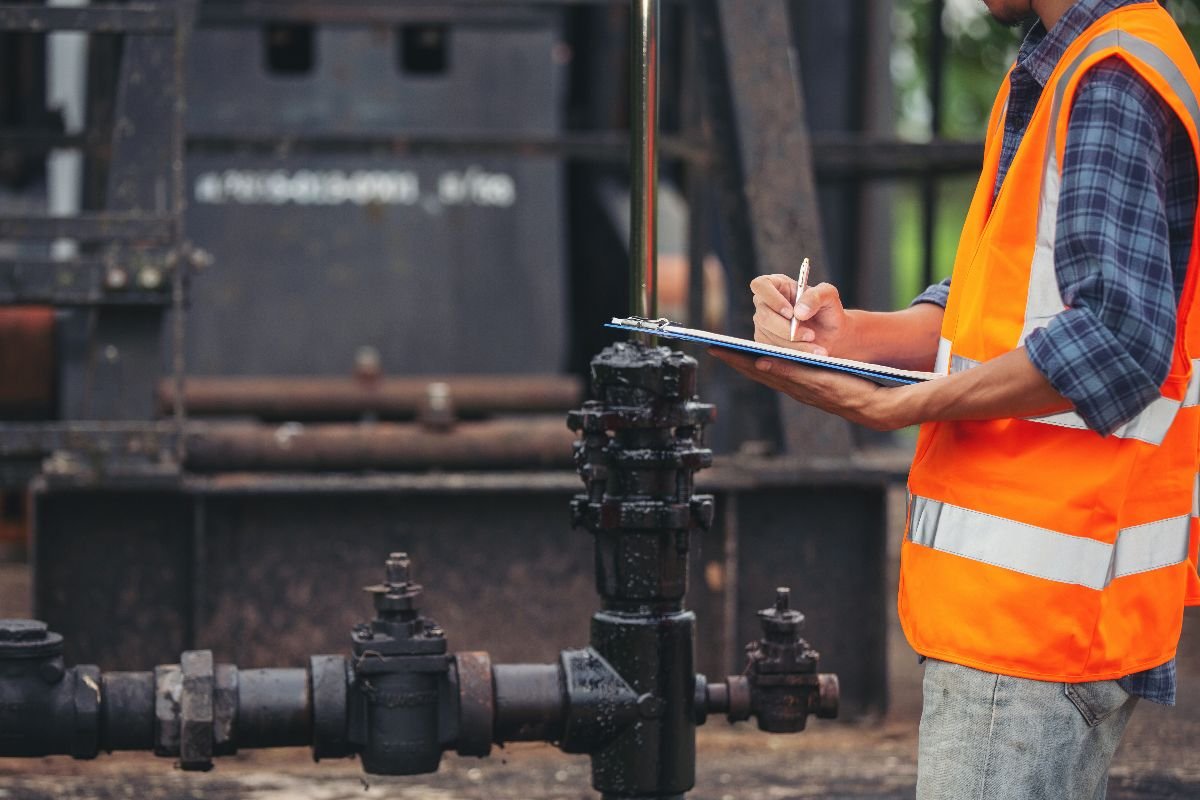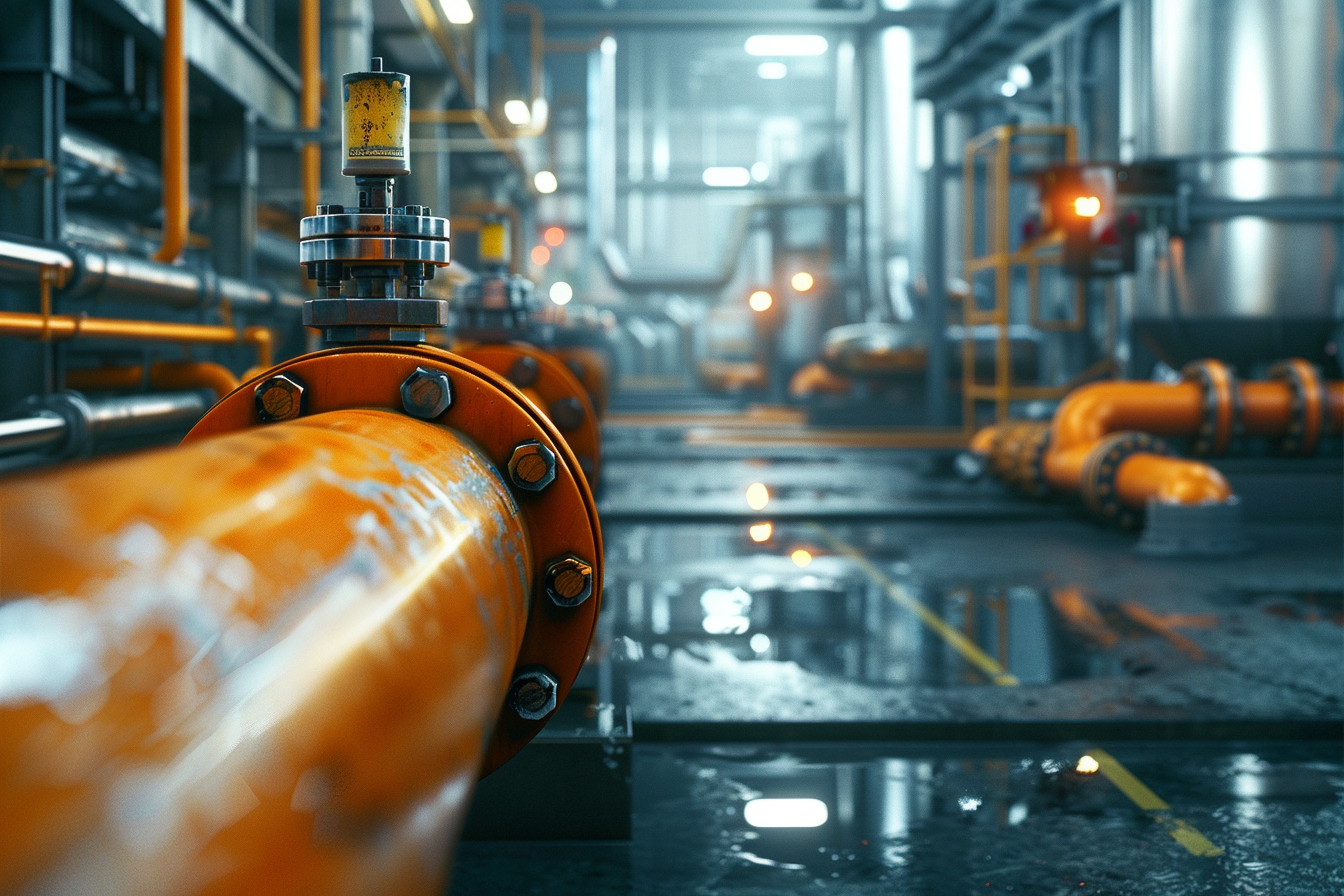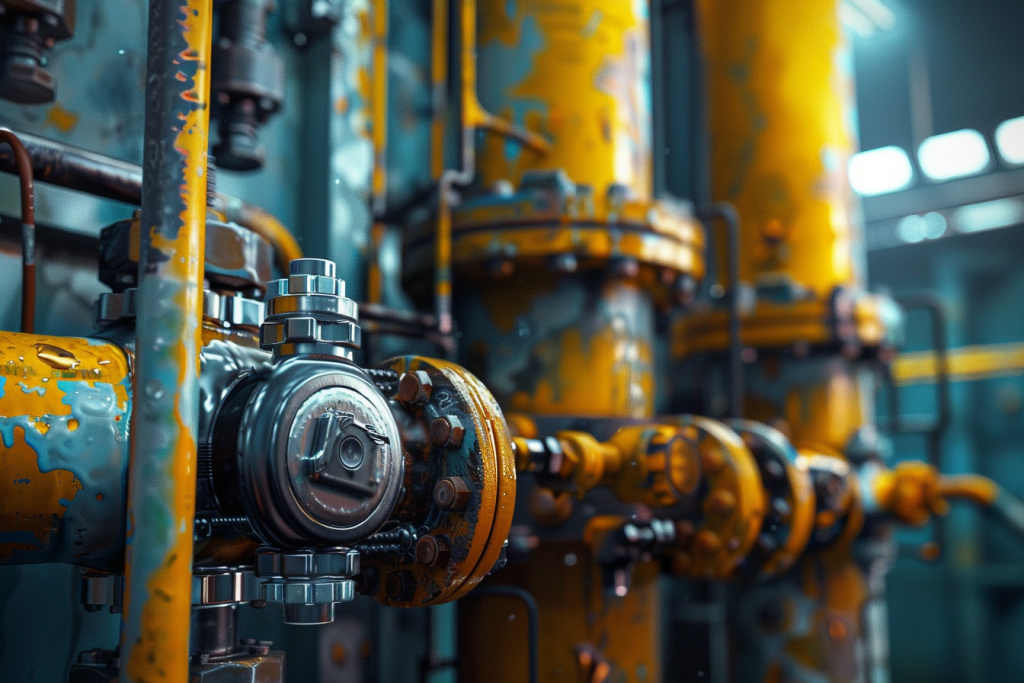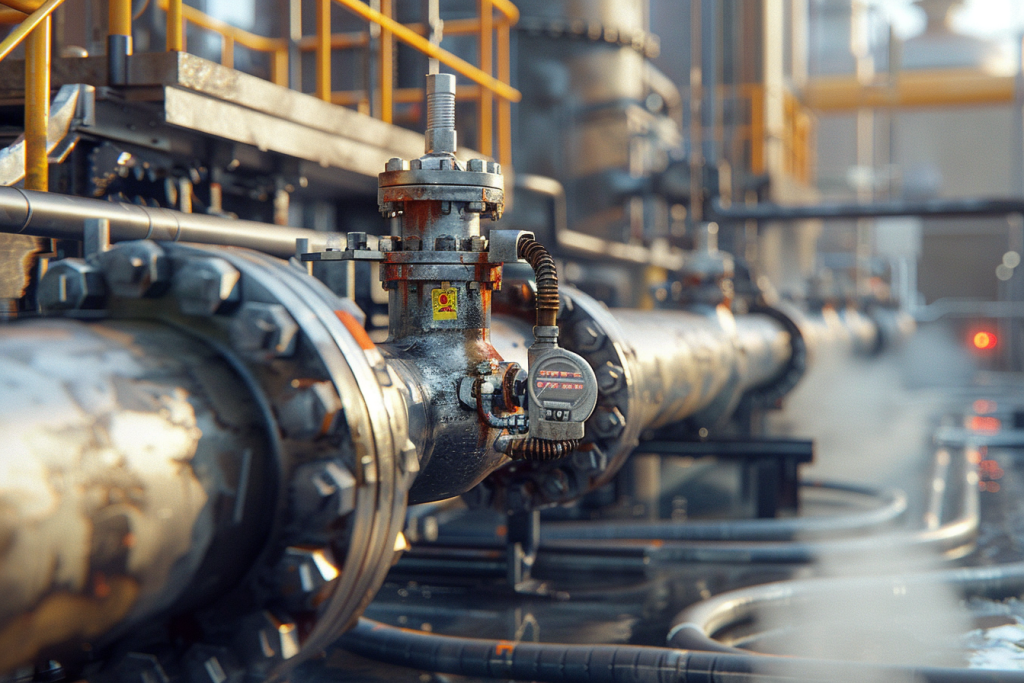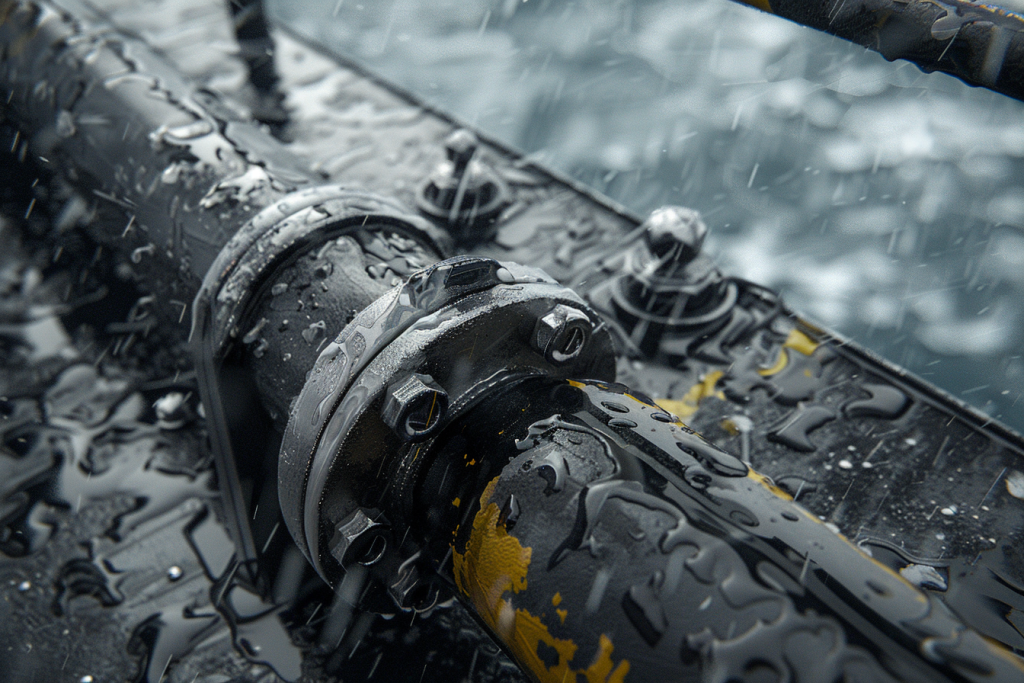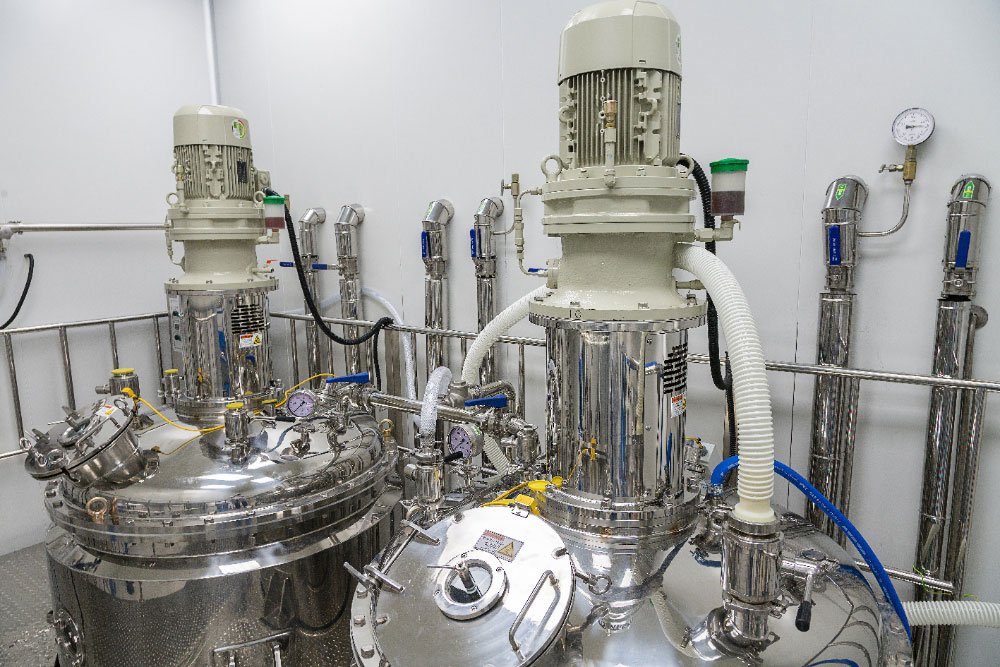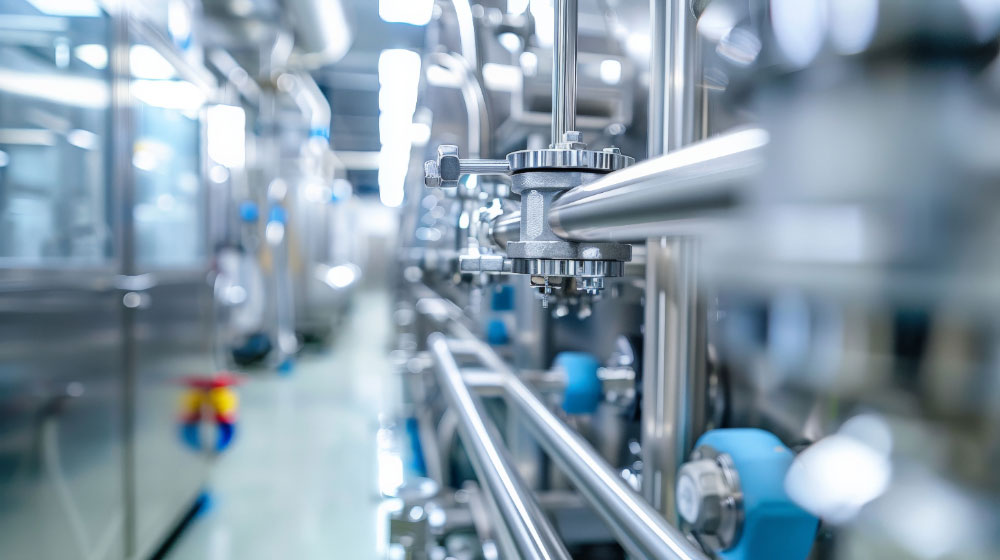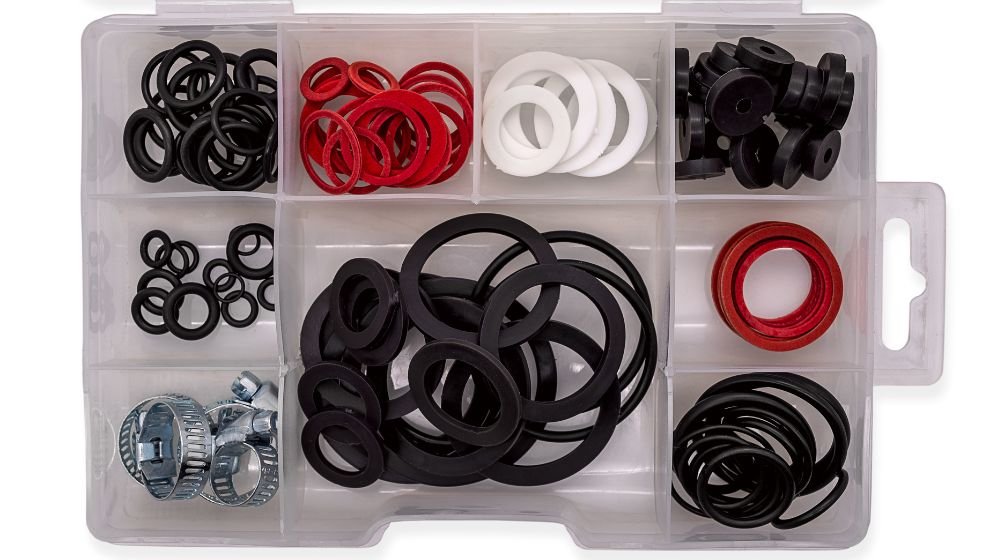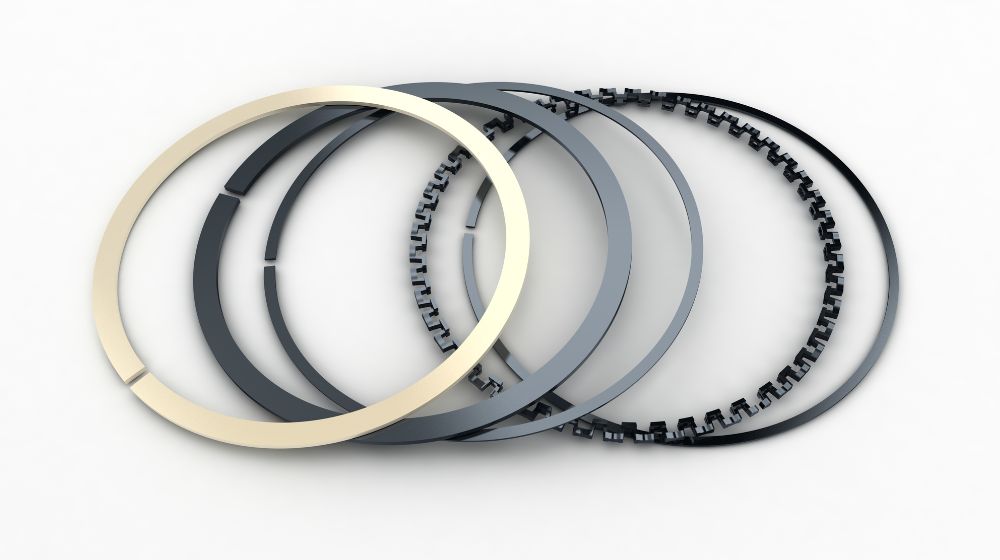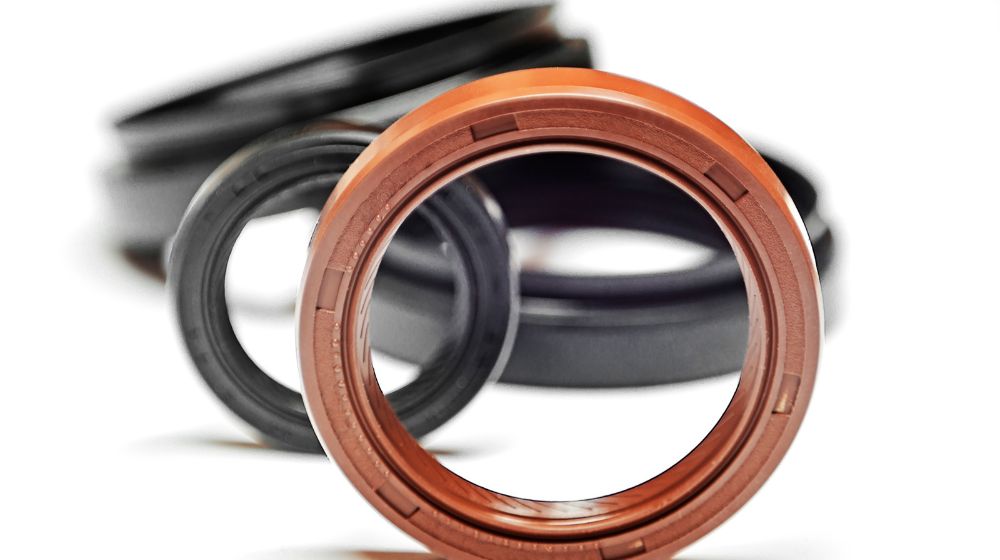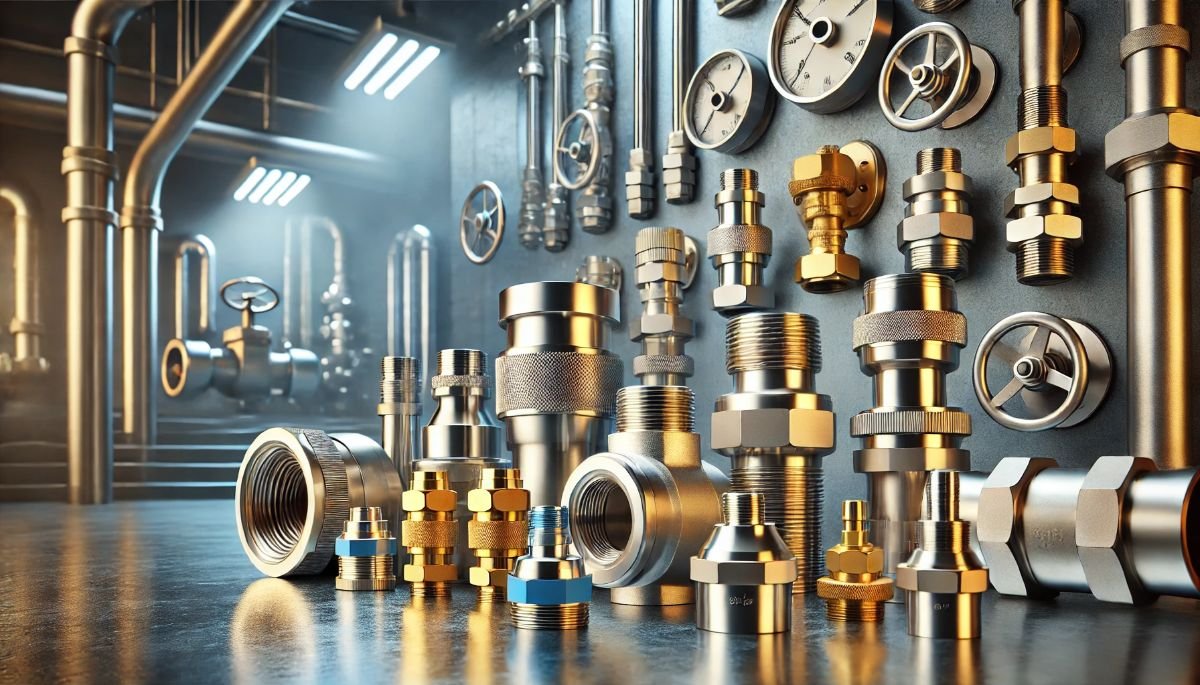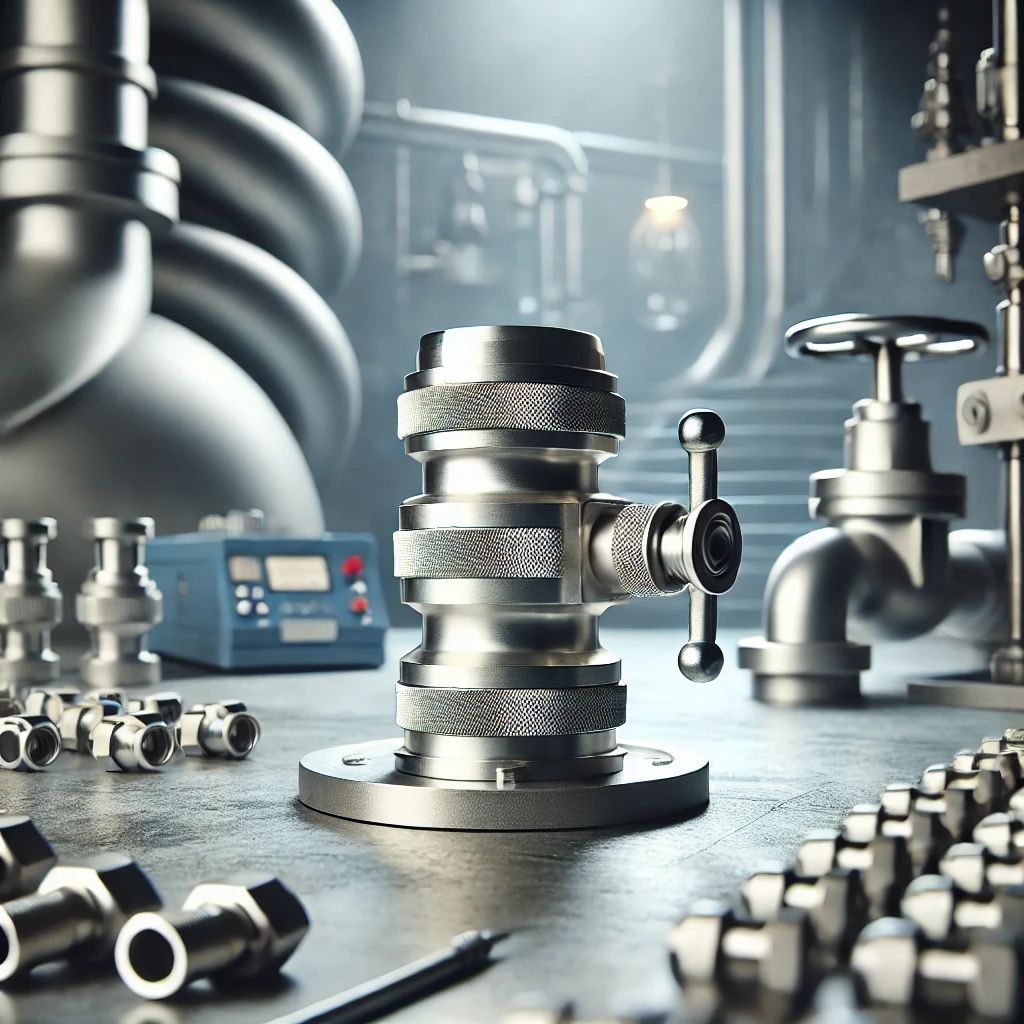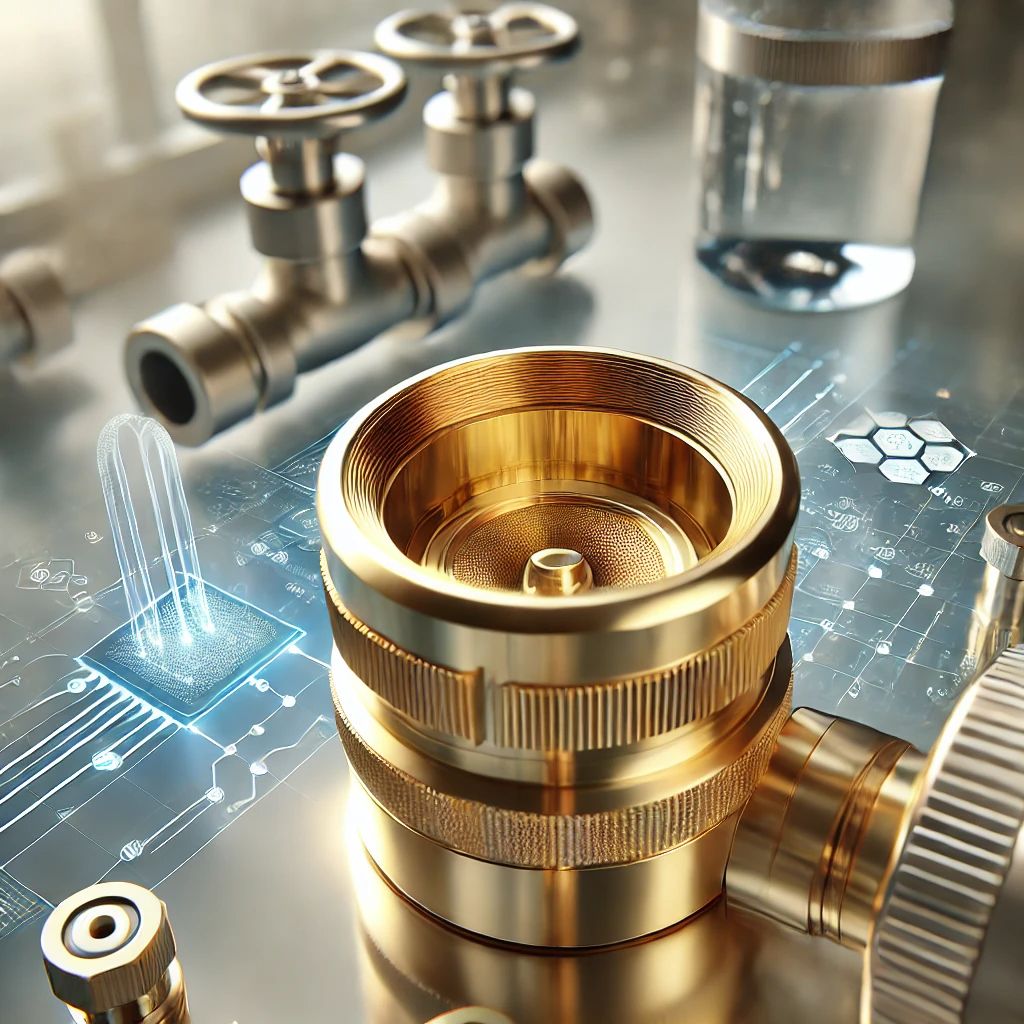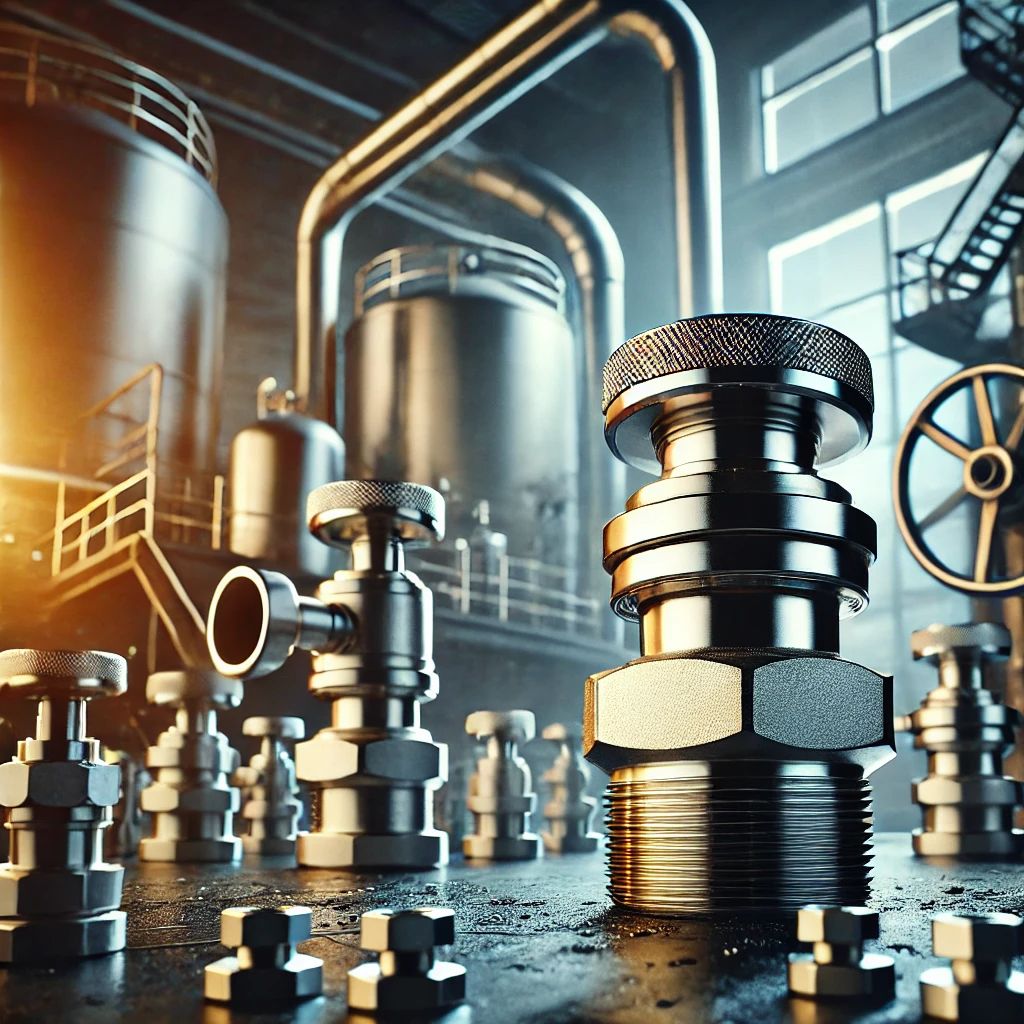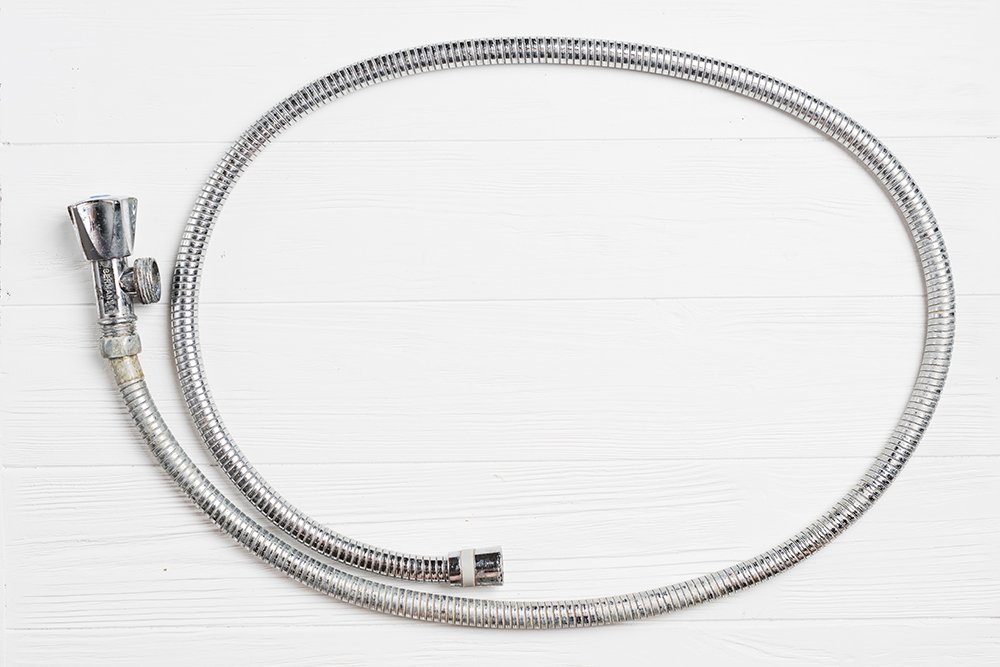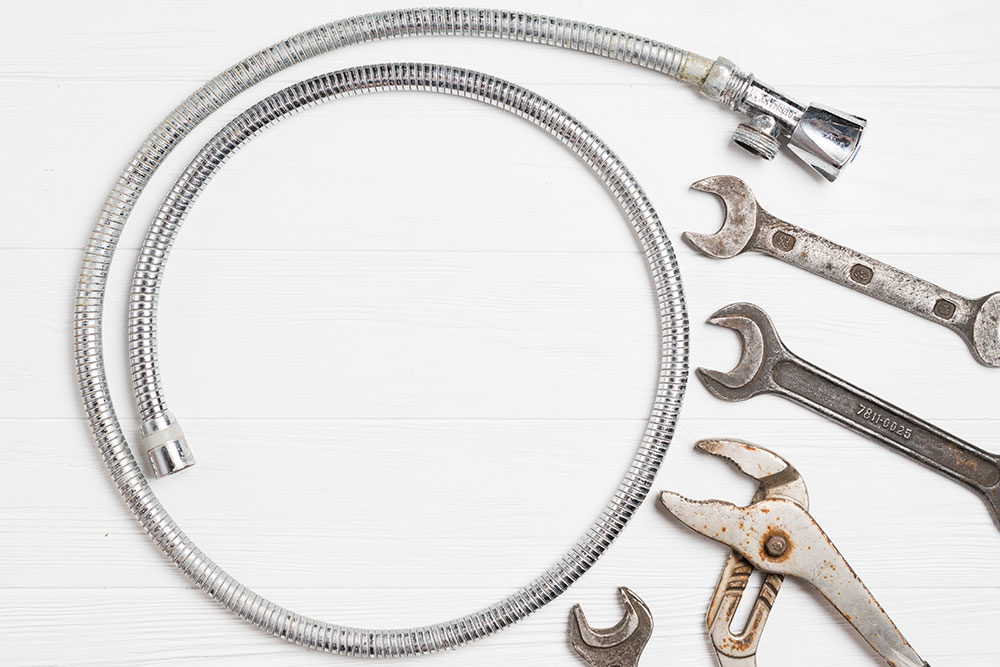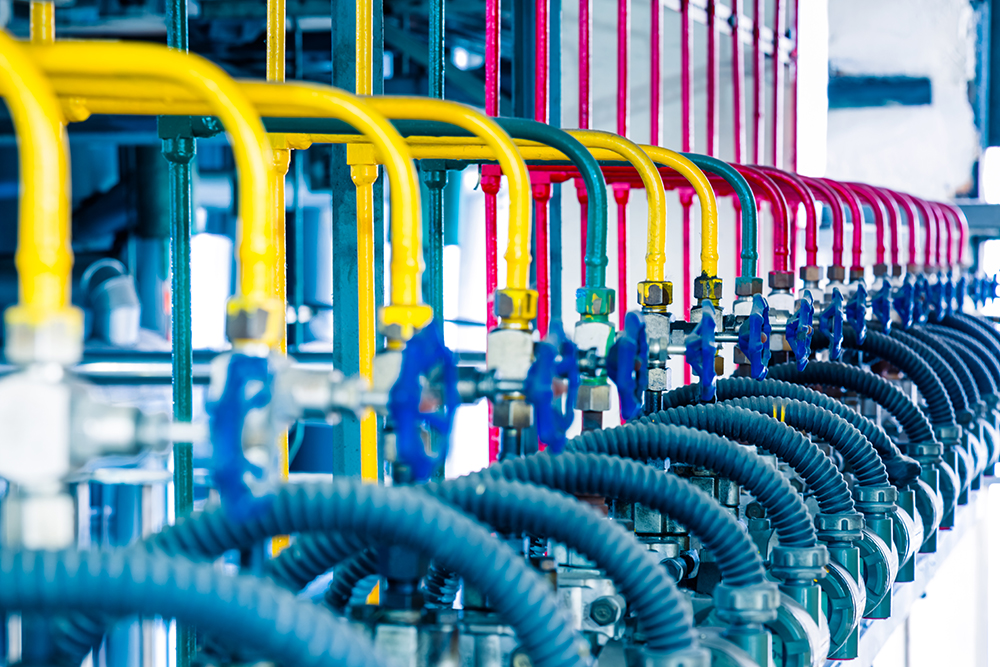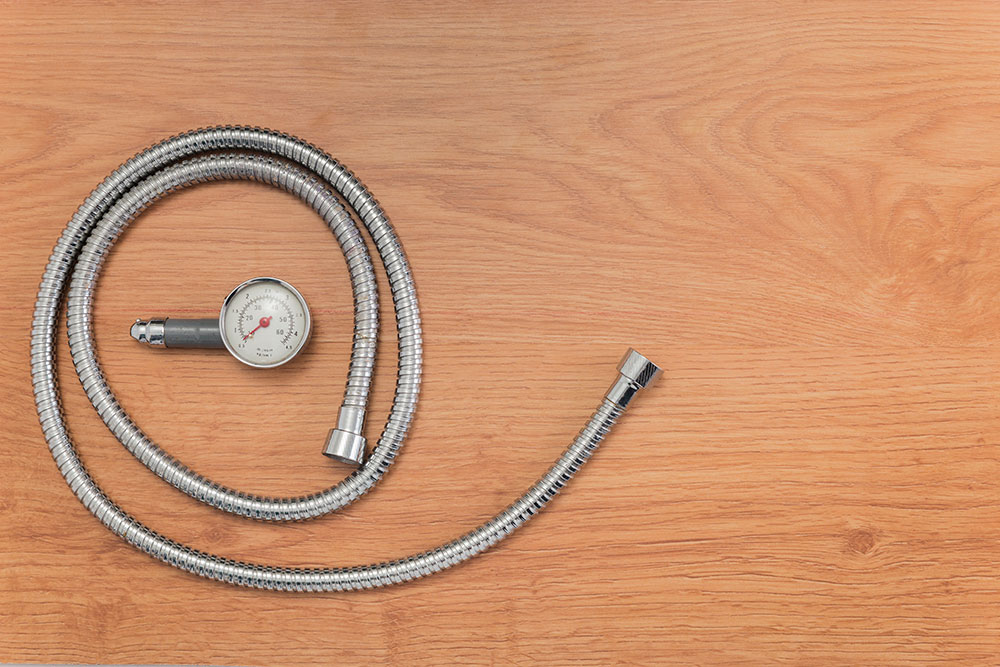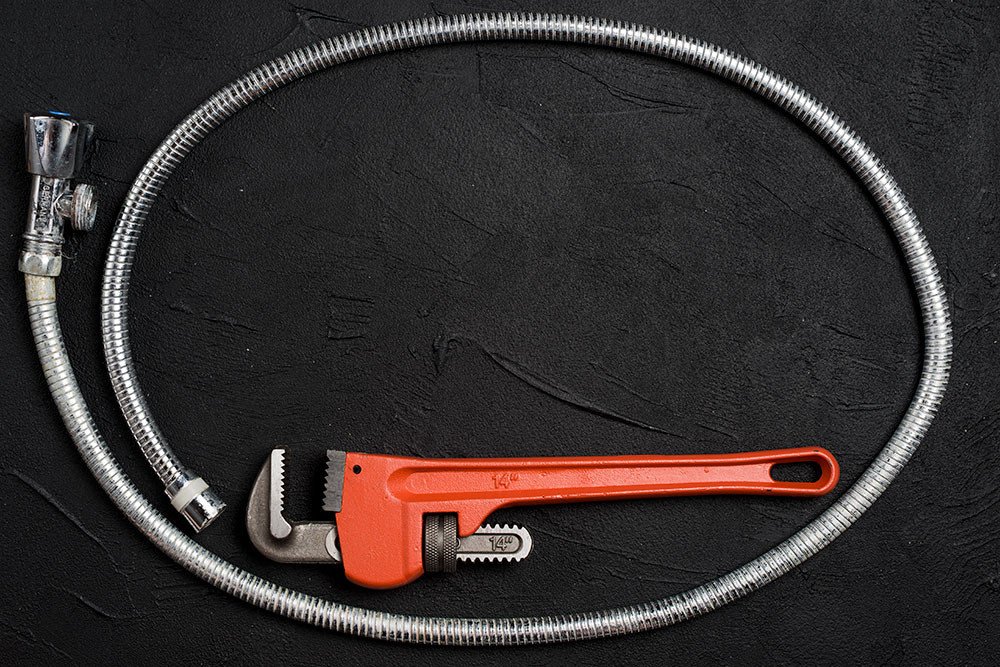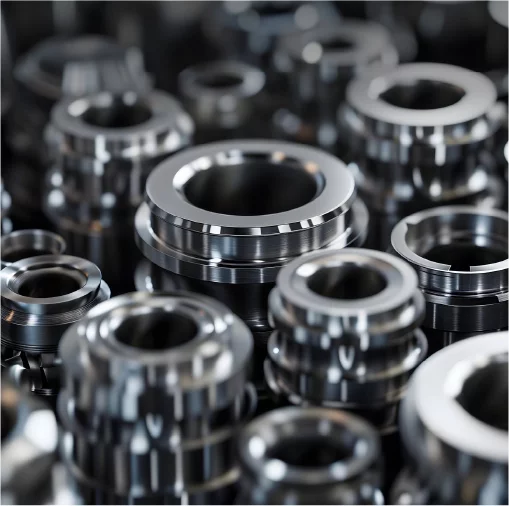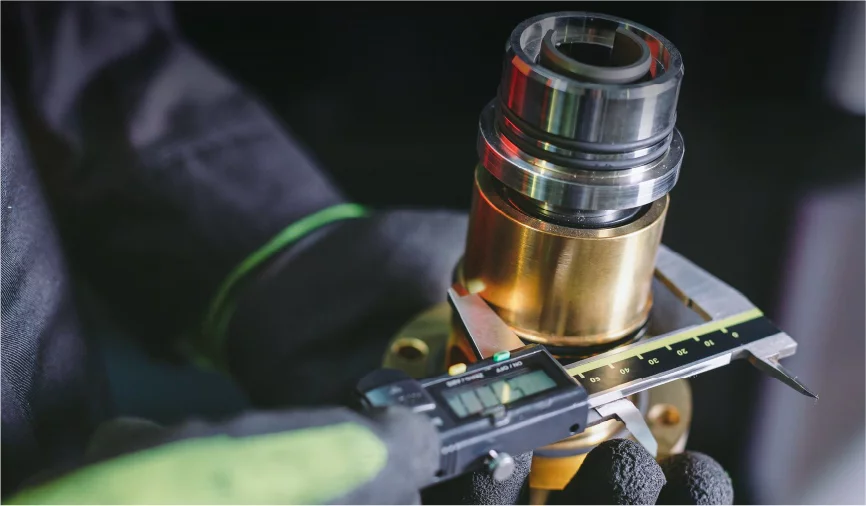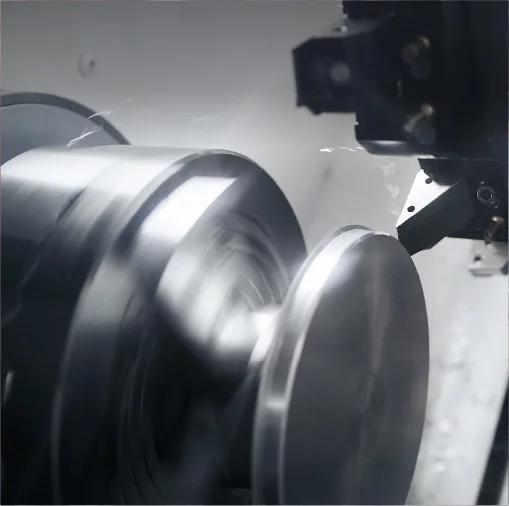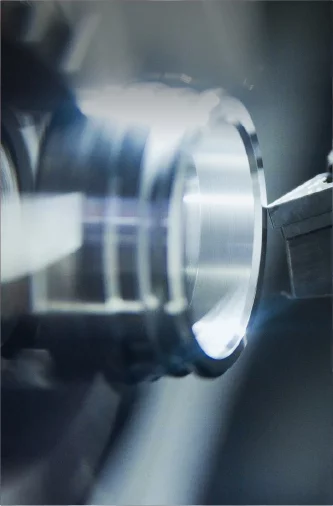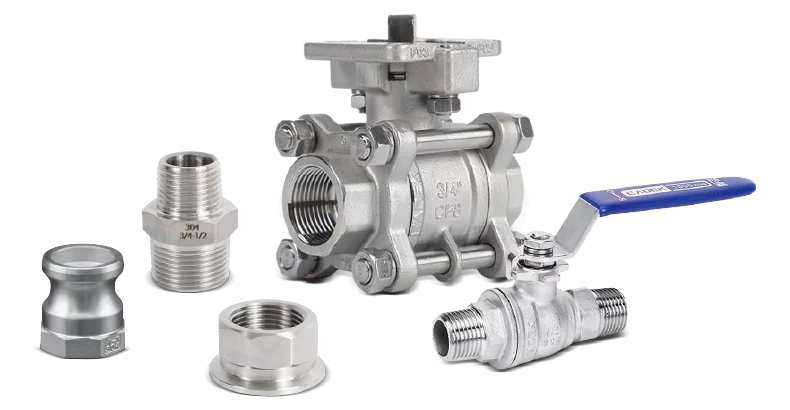Camlock fittings are widely used in industries like agriculture, chemical processing, and more for their quick and efficient connection capabilities. Whether in fluid or gas transfer systems, their easy-to-use design significantly boosts operational efficiency. However, like any high-performance equipment, Camlock fittings require proper maintenance to ensure they continue to function reliably for the long term. Today, we’ll share some practical maintenance tips to keep your Camlock fittings in top shape, reduce downtime, and avoid frequent repairs.
Regular Inspection and Cleaning Keep Camlock Fittings Looking Sharp
Just like your car needs regular maintenance, your Camlock fittings need periodic cleaning. Check the fittings monthly or quarterly to ensure they’re free from dirt, rust, or any signs of damage.
Tips til rengøring:
- Use a mild cleaning solution and a soft cloth to wipe the surface of the fittings. Avoid harsh acids or alkalis, as these could damage the material. Mild soap and water, along with a soft cloth or sponge, work best.
- Remove any residue or debris from inside the fittings to ensure they don’t interfere with sealing.
Proper cleaning not only keeps the Camlock fittings looking good but also improves their performance, preventing malfunctions due to accumulated contaminants.
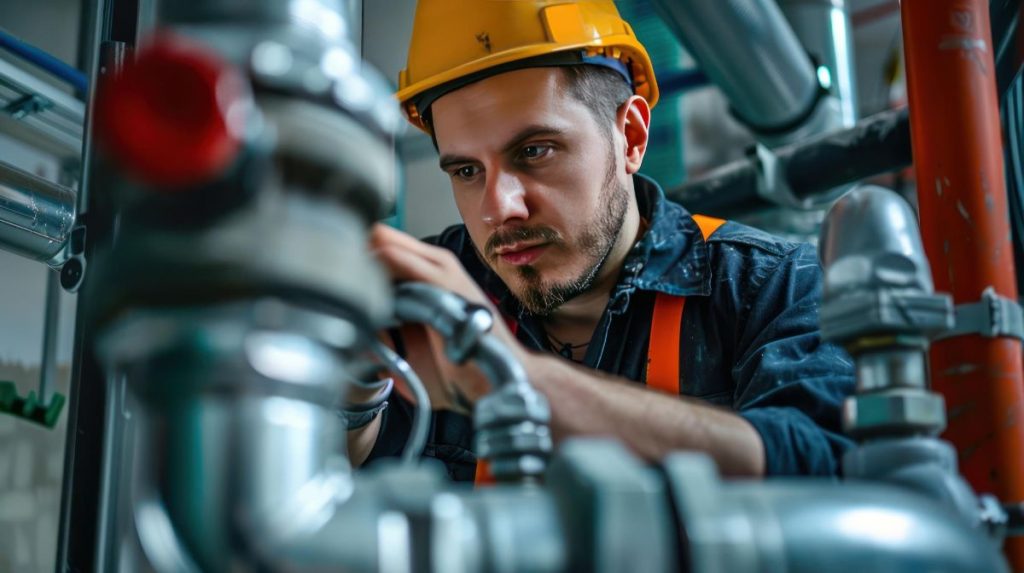
Lubrication and Protection Ensuring Smooth Locking Mechanism
Imagine trying to open a car door lock without lubrication—it just won’t work. The same goes for your Camlock fittings. Regular lubrication is essential to keep the locking mechanism smooth and operational.
Tips til smøring:
- Periodically apply a waterproof, rust-resistant lubricant to the locking mechanism to ensure smooth operation. Choose a lubricant suitable for metal surfaces and avoid those that can damage rubber seals.
- Apply a moderate amount of lubricant, not too much. Excessive lubrication can attract dirt, leading to wear and tear.
Proper lubrication ensures smooth operation of the fittings and extends the life of the locking mechanism.
Check the Sealing Gasket Maintain Camlock Leak-Free Connection
Sealing gaskets are one of the most critical parts of Camlock fittings, ensuring tight connections for liquids or gases. Any deterioration, cracks, or deformation in the sealing gaskets could lead to leaks.
Tips til inspektion og udskiftning:
- Regularly inspect the sealing gaskets to ensure there are no cracks, wear, or aging. Replace any damaged seals promptly.
- Use high-quality replacementsealing gaskets to maintain optimal sealing performance, as low-quality seals may compromise the connection.
Remember, sealing gaskets are like the “defensive shield” of your fittings—keeping them in good condition ensures a tight, leak-free connection.
Avoid Overuse and Overloading Keep Camlock Fitting From Breaking
Camlock fittings are like endurance athletes—although tough, they have their limits. The rated working pressure of the fittings is their “maximum capacity,” and exceeding this could cause damage to the fittings and affect the overall safety of the system.
Tips til brug:
- Select the correct Camlock fitting based on its rated pressure, and avoid overloading it.
- Regularly check the fittings for any signs of deformation or wear. If any issues are detected, replace the fittings immediately.
Prolonged overuse or overload can accelerate wear and tear, causing deformation or failure, which can compromise the overall safety and efficiency of your pipeline system.
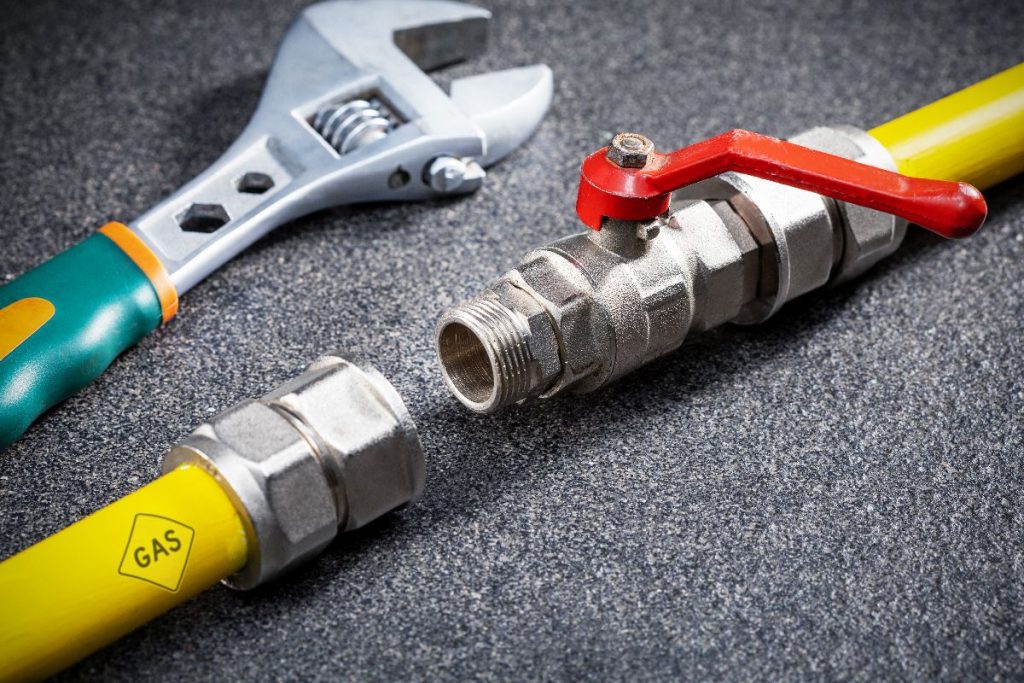
Suitable Camlock Fitting Storage and Transportation Solutions
If your Camlock fittings are stored in unsuitable environments—such as high humidity, extreme temperatures, or direct sunlight for extended periods—their performance and lifespan could be affected. However, fittings designed for harsh conditions (such as those used in chemical transfer, high temperature, or high-pressure environments) won’t be negatively impacted by these factors. The key is to choose the right fittings for your specific use case.
Tips til opbevaring:
- Store unused Camlock fittings in a dry, cool place with appropriate temperature conditions, avoiding excessive humidity or extreme temperatures.
- If the fittings are designed for harsh environments (such as high temperatures or high-pressure conditions), they can be used in these conditions, but should still be kept in proper storage to avoid unnecessary stress.
Providing a “comfortable home” for your Camlock fittings will effectively reduce environmental damage and ensure longer-lasting performance.
Common Issues and Solutions
Even with the best care, problems can occasionally occur. Don’t worry, here are some common issues and solutions to help you troubleshoot quickly.
Common Issues and Solutions:
- Leaks: Could be due to aging seals or improper installation. First, check the seals and replace them if necessary. If the issue is improper installation, simply reinstall the fittings.
- Sticking or Loose Locking Mechanism: Clean and lubricate the locking mechanism to ensure smooth operation.
- Fittings Deformation or Damage: Avoid overloading and regularly inspect the fittings. If damaged, replace them promptly.
Don’t panic when issues arise—following these steps will often resolve the problem quickly.
Customer Feedback and Reviews
We are committed to providing high-quality Camlock fittings and continually improving our service to meet your needs. If you have any feedback, suggestions, or issues, feel free to share them with us in the comments section!
Have you encountered any unique maintenance challenges with your Camlock fittings? Feel free to share your experiences and problems in the comments. Let’s discuss how we can better maintain your equipment together.
Recommended Use Environments and Applications
Camlock-fittings come in various models to meet the diverse needs of different environments. Based on your specific application (such as chemical transfer, high temperature, or high-pressure environments), we can recommend the most suitable Camlock fitting models and materials.
- Corrosive Environments: We recommend using stainless steel Camlock fittings for enhanced durability and corrosion resistance.
- High-Temperature and High-Pressure Applications: Opt for heavy-duty or high-pressure models to ensure safe operation under extreme conditions.
Selecting the right Camlock fitting for your environment ensures maximum performance in your application.
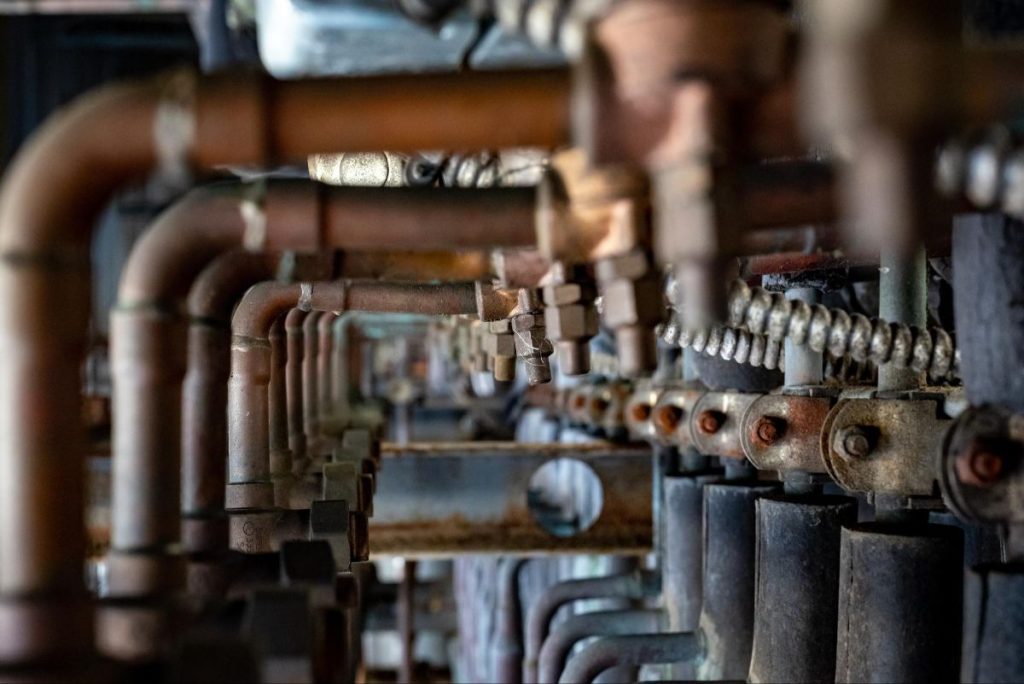
After-Sales Service and Technical Support
If you encounter any issues during the use of your Camlock fittings, our professional team is available for 24/7 technical support. Whether it’s an operational question, troubleshooting, or needing spare parts, contact us, and we’ll provide you with fast and effective solutions.
- Contact Support: Reach out via our website, phone, or email for prompt assistance.
- Warranty Service: Our products come with long-term warranty coverage to ensure your investment is fully protected.
We don’t just provide high-quality Camlock fittings—we offer comprehensive technical support to ensure worry-free usage.
Konklusion
By following these maintenance tips, you can better care for your Camlock fittings, extend their lifespan, and reduce unnecessary repair costs. If you have more questions or need personalized advice, feel free to reach out to us! We’re committed to providing top-quality products and exceptional service to help your operations run smoothly.
If you found this article helpful, don’t forget to share it with your colleagues or friends to help them take better care of their Camlock fittings too!

